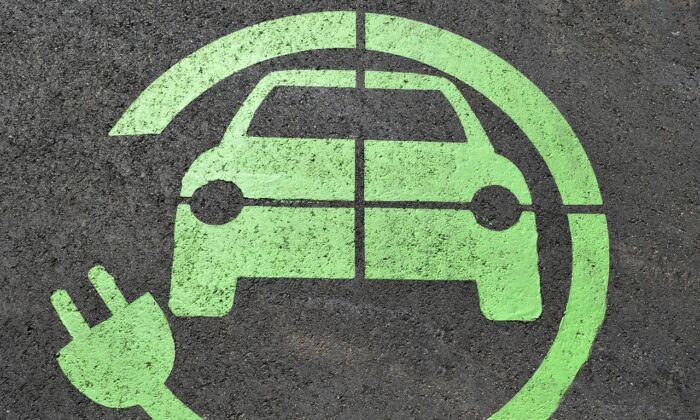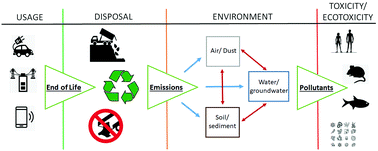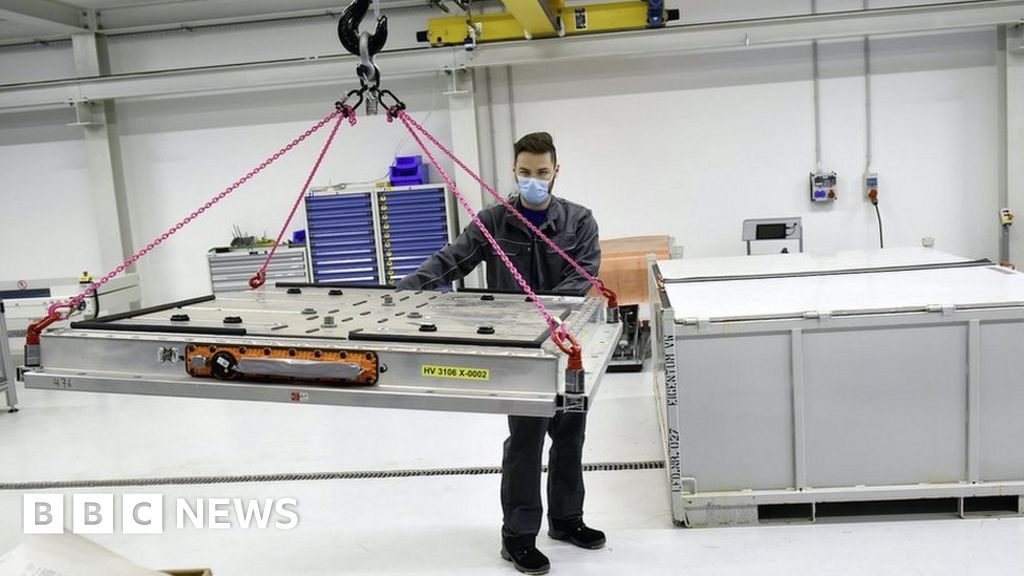Dagosa
Gold Member
- Oct 22, 2012
- 20,950
- 5,669
Yup. For sure.This "won't catch on" is problematic for some of us. This is not what we see at the local, urban evel. We see (petroleum addicts too) more and more ebikes on the road. These images and actual physicalies are evolving outside the auto industry pimp's control.
The evolution of the cargo bike is now morphing into an (enclosed compartment [italics]), though the collective IQ behind this evolution still leaves out the adult driver-owner of the vehicle, while tending to the kids. This is the profound impoverishment we now see in the American market. It is moving at a snail's pace, as if it were scared shitless to make a mistake, whilst the European market is producing enclosures for (all occupants of the electric machine [it.]).
.But one of the biggest reasons is this, the average American travels twice as many miles per year than the average European. The are set up for EVs.
When technology catches up, EVs will be more attractive to buy here.



